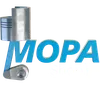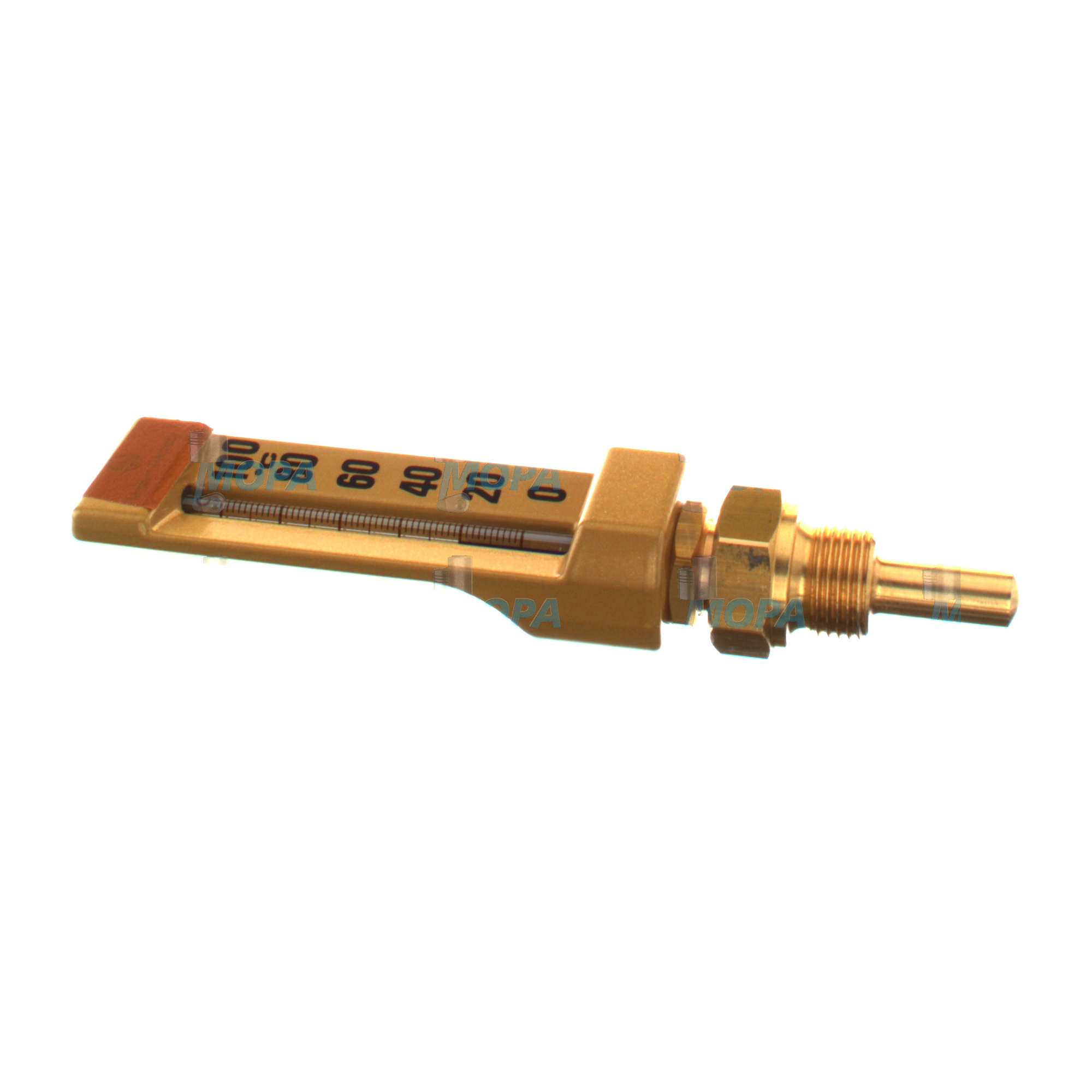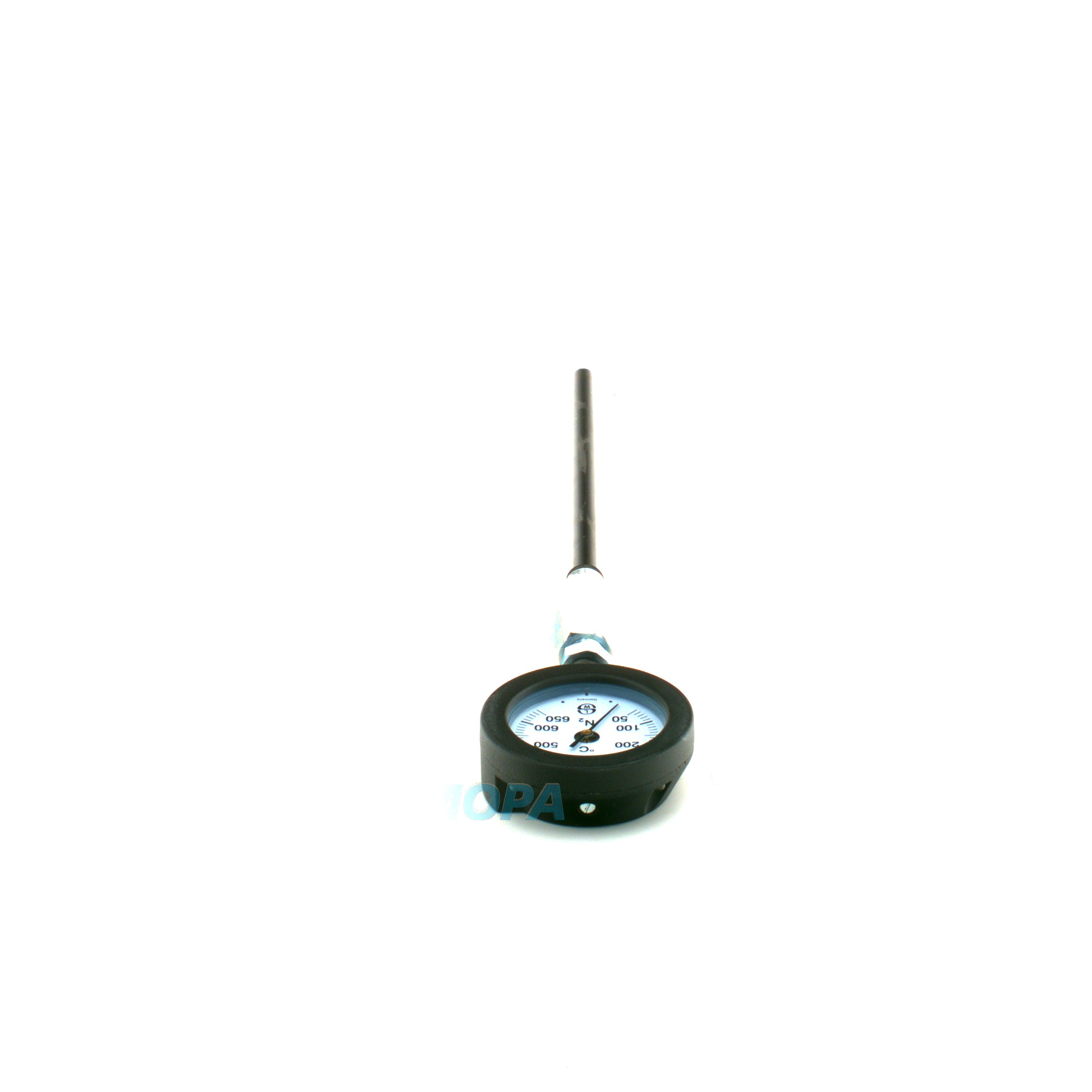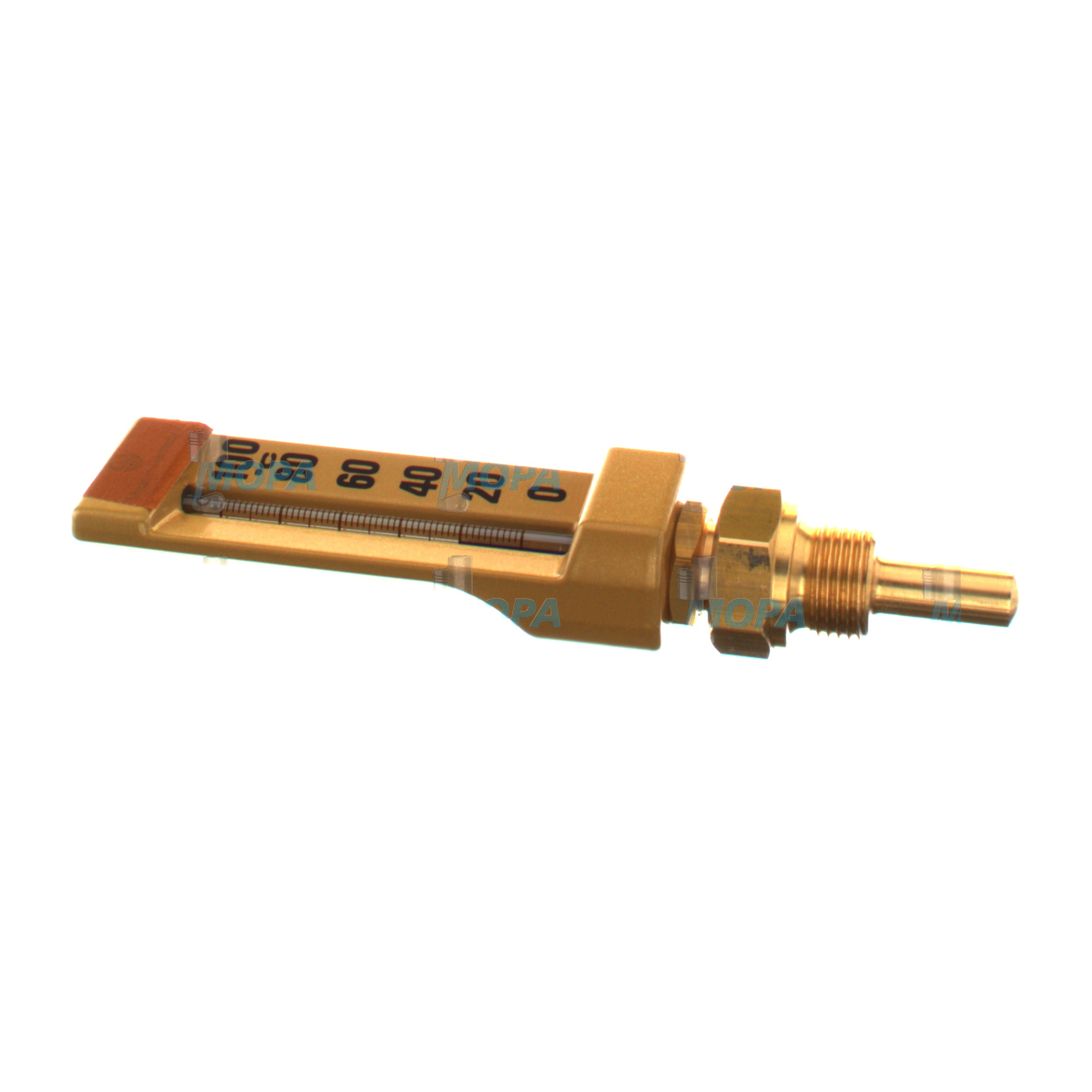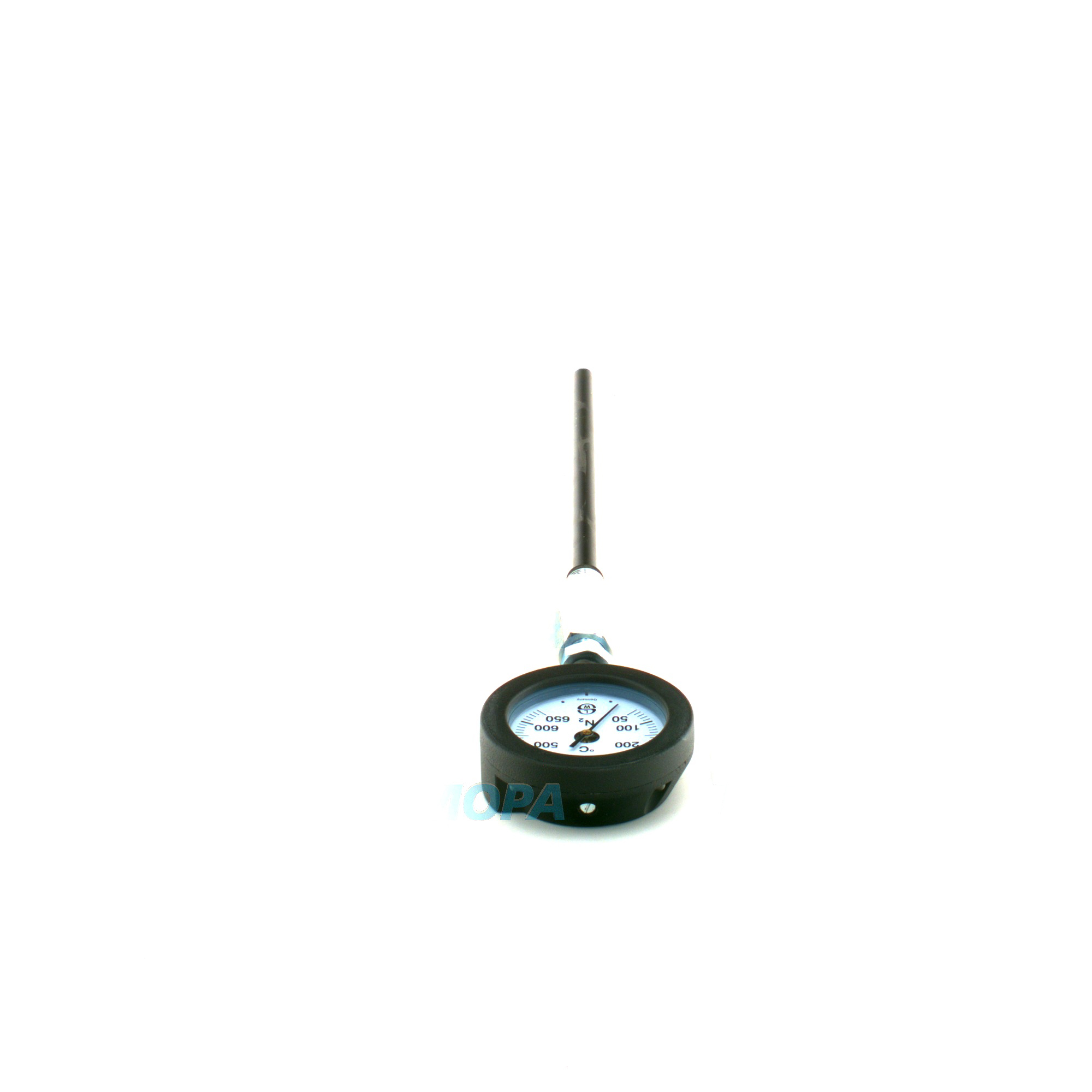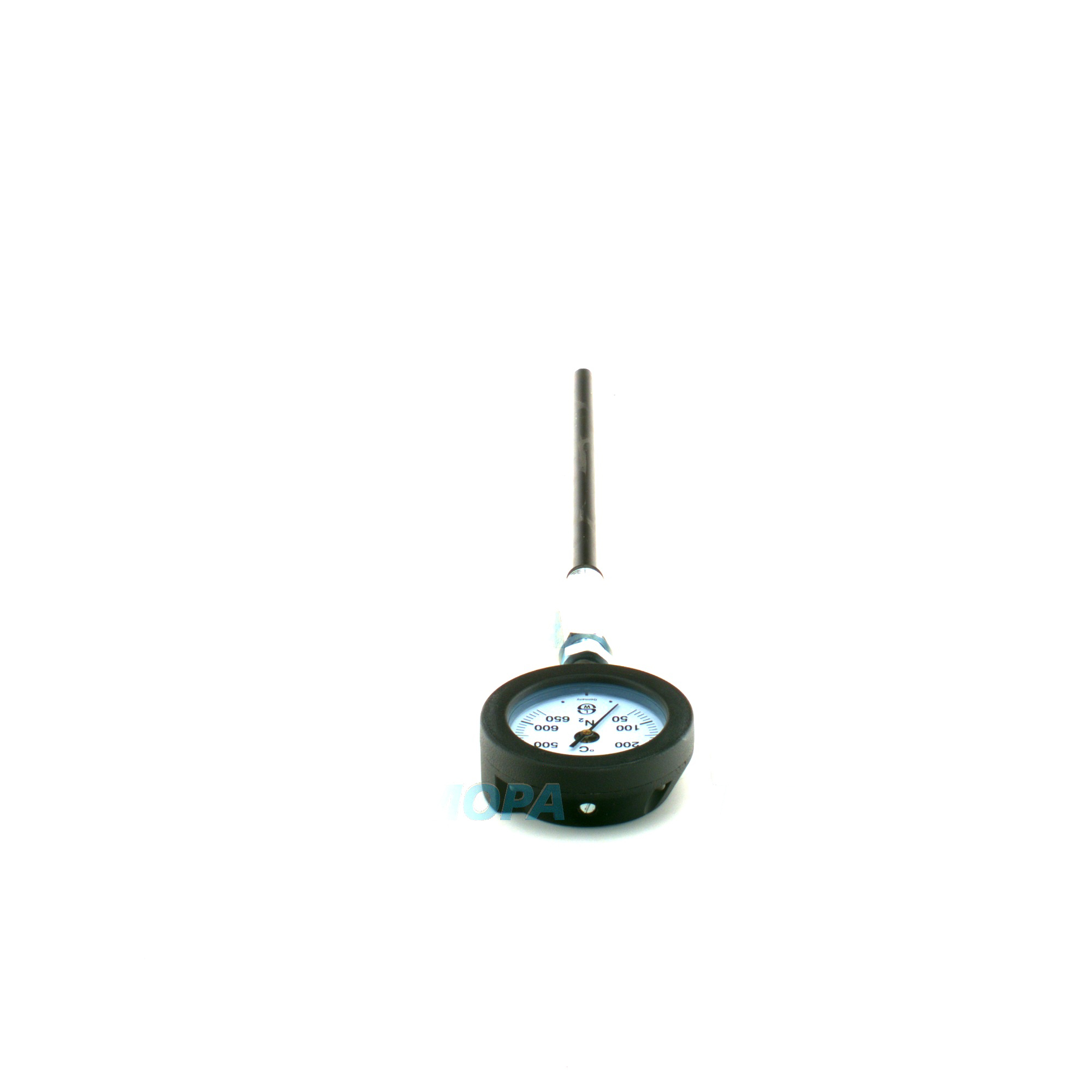DIAL THERMOMETER Displays for Reliable Engine Monitoring
Display components are the front line of engine instrumentation. In a marine engine room or on an industrial diesel engine panel, Displays provide immediate, legible readouts for temperature, pressure, and speed, enabling crews and operators to make fast, informed decisions. Within this category, the DIAL THERMOMETER is a core Display element: a robust, self-powered indicator that shows real-time media temperature for cooling water, lube oil, and charge air. Without clear, accurate Displays, even the best engines are operated blind—making Displays indispensable for performance, efficiency, and safety.
Engine Displays must withstand vibration, salt-laden atmospheres, temperature cycling, and continuous operation. That is why the category covers heavy‑duty panel instruments engineered for demanding environments: stainless-steel cases, safety glass or tough polycarbonate lenses, shock-damped mechanisms, and IP-rated bezels. By consolidating a fleet’s needs under a single, well-defined Display category, purchasers and technical managers can source consistent, compatible devices that keep critical measurements visible at all times.
Technical function of Display components and DIAL THERMOMETER in marine and diesel engines
A DIAL THERMOMETER in a diesel engine or marine engine is typically a bimetal or gas‑actuated instrument. The sensor—either a rigid stem or a remote capillary bulb—expands predictably with temperature. This microscopic movement is transmitted through a precision movement to a pointer sweeping across a calibrated scale. The result is a stable, at‑a‑glance Display that requires no external power and continues indicating even during electrical disturbances. For high‑vibration placements, glycerin‑filled cases damp pointer oscillations, while anti-parallax dials and bold contrast markings improve readability in low light.
Engine builders specify ranges tailored to the application: 0–120°C for jacket water, 0–200°C for lube oil, and higher ranges for charge air or auxiliary circuits. Common process connections include G1/2, 1/2” NPT, and metric threads; stem lengths run from 50–300 mm, with capillary versions from 1–10 m for remote mounting on bridge or local panels. Accuracy classes often follow EN 13190 (e.g., Class 1.0/1.6), and housings in 304/316 stainless steel provide corrosion resistance. In multi-instrument Displays, DIAL THERMOMETER units sit alongside pressure gauges and tachometer indicators, forming a coherent, standardized engine Display suite.
- · Clear, self-powered indication with no external supply needed
- · Vibration-resistant; liquid-filled options stabilize the pointer
- · Corrosion-resistant housings for marine environments
- · Wide range of scales, stems, and capillaries for diverse circuits
- · Fast response for early detection of abnormal temperatures
- · Drop-in panel sizes and standard process connections
- · Readable, high-contrast dials for quick checks under way
When paired with data logging or periodic rounds, the DIAL THERMOMETER Display shows normal operating bands and deviations, supporting root-cause analysis: a rising lube oil temperature may indicate cooler fouling, bypass valve malfunction, or insufficient flow; elevated charge-air temperature suggests intercooler inefficiency or restricted seawater supply.
Importance of the Display category for engine reliability and service life
Displays are the human interface to machine health. If a DIAL THERMOMETER drifts, sticks, or fogs, crews lose an early-warning system. Unnoticed overheating accelerates oil oxidation, reduces film strength, and leads to bearing distress. In cooling water circuits, chronic over‑temperature causes thermal stress, liner polishing, head gasket leaks, and cavitation erosion. Faulty Displays create false confidence—operators may continue loading a unit that is running outside its safe envelope, shortening service life and raising the likelihood of unplanned stops.
Common failure modes—damaged lenses, fatigued bimetal elements, capillary leaks, or pointer backlash—translate directly into inaccurate readings. Routine inspection and timely replacement of Display components, including every DIAL THERMOMETER on the panel, is therefore essential. Clean, accurate, and consistent Displays help crews maintain correct warm‑up routines, verify cooler performance after cleaning, and validate alarm setpoints against live indications.
Advantages of OEM spare parts suitable for Display and DIAL THERMOMETER
Specifying OEM spare parts for the Display category ensures that each DIAL THERMOMETER matches the required scale, immersion length, sensing technology, and environmental rating laid down by the engine builder. That precision matters: correct stem geometry and thermal coupling deliver faster, more accurate readings; matching bezel diameters and panel cutouts reduce installation time; and calibrated movements keep readings consistent across sister vessels and generator sets.
Beyond fit, OEM parts bring consistent materials and traceable manufacturing that help Displays resist vibration, shock, and corrosion over the long term. This consistency stabilizes measurement accuracy between overhauls, supports compliance with class and yard documentation, and reduces the risk of nuisance alarms triggered by mis‑matched indications. Reduced rework and shorter downtime protect budgets, while durable components extend service intervals across marine engine and power plant fleets.
- · Exact fit and scale for the specified engine circuit
- · Consistent accuracy across multiple units and vessels
- · Robust materials and sealed housings for harsh duty
- · Lower lifecycle cost through longer service intervals
- · Fast replacement thanks to standardized connections
- · Compatibility with existing DIAL THERMOMETER OEM parts lists
MOPA as your partner for OEM Display components and DIAL THERMOMETER
MOPA supplies OEM spare parts for the Display category with a focus on speed, quality, and security in the trade of OEM parts for diesel and gas engines. Our team cross‑references engine types and bill‑of‑materials to identify the exact DIAL THERMOMETER required for your marine engine or power plant application, from jacket water indication to lube oil and charge‑air monitoring. With reliable sourcing, careful packing, and documentation aligned to industry standards, MOPA helps you restore panel integrity quickly and confidently.
Whether you manage a single tug or a global fleet, MOPA supports planned maintenance windows and urgent turnarounds alike—delivering the Display components you need, when you need them, to keep assets operating within safe temperature limits.
Conclusion
Displays are indispensable to safe and efficient engine operation, and the DIAL THERMOMETER is a cornerstone of that visual monitoring system. By selecting OEM spare parts suitable for the Display category, you secure accurate, durable temperature indication that protects performance, uptime, and service life across diesel and gas engines.
